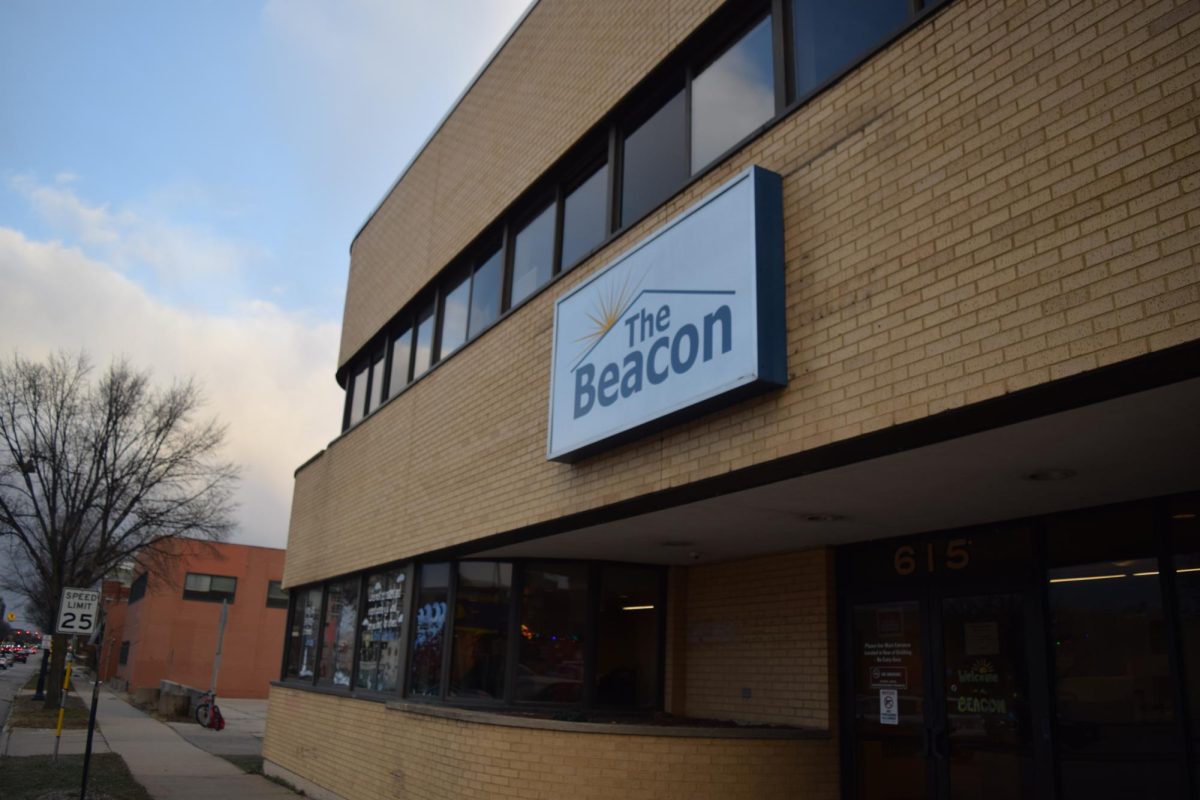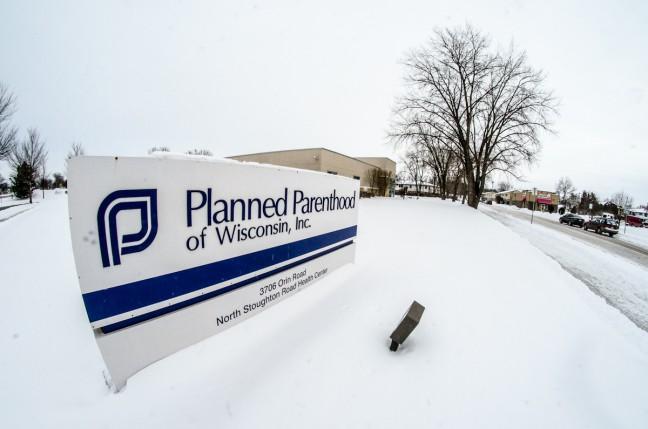Madison city council came one step closer to determining the future of the Alliant Energy Center Monday evening.
The council assembled to hear a presentation on renovation strategies for the somewhat run-down convention center. While the land the convention center sits on technically belongs to the town of Madison, the city of Madison is slated to formally annex the land in 2022.
At this stage, the city and Dane County are working together to determine what will be done with the property far in advance.
“We view this as the first in a series of explorations,” Supervisor Jeff Pertl, District 17, said. “We want to pull together and consider a range of options so we better understand where the future of Alliant Energy is going.”
Robert Dunn and Rob Robinson from Hammes Company Sports Development gave a detailed report on the Alliant Energy Center’s current state of affairs and the range of options for future improvement of the property.
Talk of public investment in the property featured prominently in the discussion. The Alliant Energy Center is currently the only venue within its competitive set that receives no public monetary assistance.
“Historically, the Alliant Energy Center has been a self-sustaining facility, which is somewhat atypical in terms of convention centers,” Pertl said.
Briefing the council on the convention center’s financial woes, Robinson said the venue has recently experienced net annual operating deficits between $300,000 and $500,000, peaking at $758,000 in 2014.
In addition, Robinson said while the convention center has been able to dip into its reserve fund to cover these deficits in the past, the fund is nearly depleted.
Dunn presented three possible development strategies to the council for their consideration.
The first of these strategies would be to retain the property’s core facilities and make small public investments in the current facilities over time. While this would be the cheapest option, it would also be the least productive, Dunn said.
“You really can’t find a case nationally where a venue took that strategy and thrived,” Dunn said.
The second development strategy calls for a level of public investment and improvement of facilities to sustain the property without going into debt.
Lastly, the third strategy called for $90 to $120 million in public investment and $300 to $400 million in private investment to fund a major redevelopment and expansion of the Alliant Energy Center.
Robinson said the third strategy, while expensive, would benefit the public and make the facilities more profitable and desirable.













